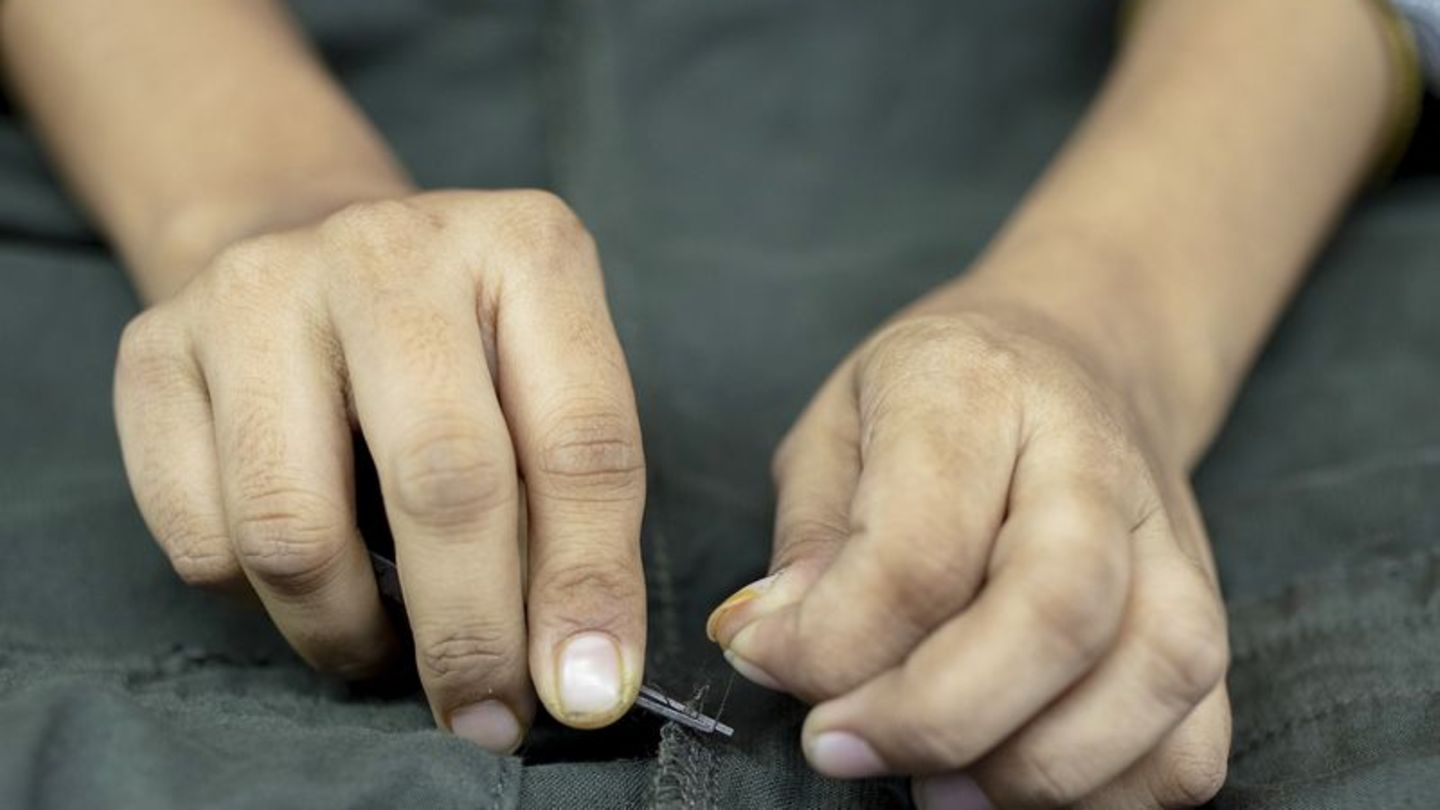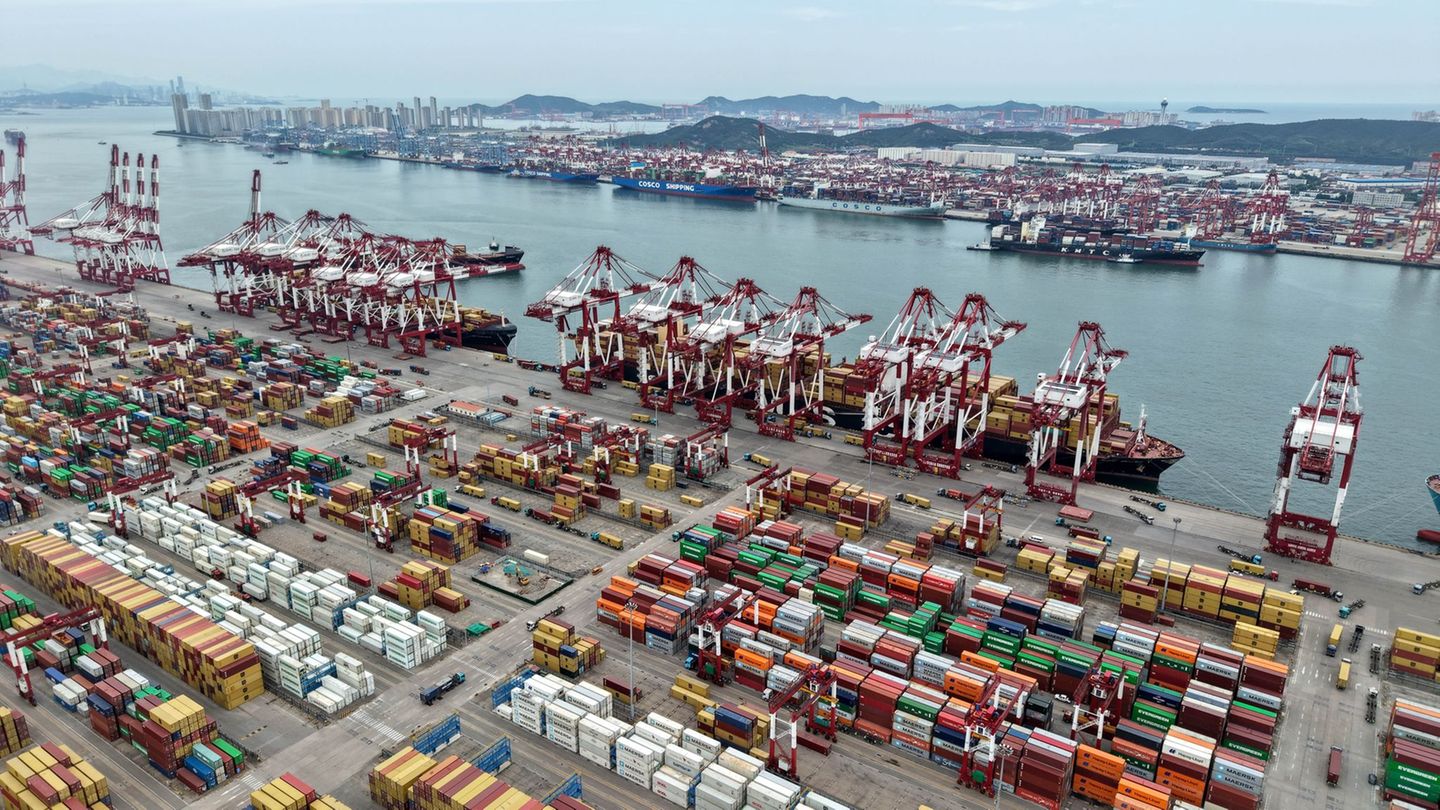Bangladesh is one of the most important textile suppliers for the European market. The political unrest in the South Asian country could have a negative impact on traders and manufacturers.
The fashion industry in Germany is currently looking at Bangladesh with concern. There have recently been violent protests in the Far Eastern country. The government of former Prime Minister Sheikh Hasina, who has since fled, then ordered curfews and deployed police and military. According to reports, more than 400 people were killed.
After China, Bangladesh is the most important import country for clothing for the fashion industry in Germany. According to the Federal Statistical Office, goods worth a total of 7.1 billion euros were imported into Germany in 2023. What consequences does the crisis in Bangladesh have for fashion manufacturers and retailers?
Trade expects impact
The German Retail Association (HDE) expects noticeable effects and possibly even rising prices for consumers. “As an important production location for the global fashion industry, short-term factory closures and production interruptions can lead to bottlenecks,” HDE Managing Director Stefan Genth told the German Press Agency. For consumers, this could lead to higher prices and a reduced availability of fashion items.
The Bangladesh Chamber of Commerce says that there have recently been looting, destruction and arson attacks on several textile factories. Many factories have remained closed for the past few days – out of fear of new attacks in the absence of law enforcement officers, according to the President of the German-Bangladesh Chamber of Commerce, M Maksud. He fears that foreign customers may place fewer orders with Bangladesh if the situation does not calm down. Many factory owners hope that normality will quickly return with the transitional government under Nobel Peace Prize winner Muhammad Yunus, who was sworn in on Thursday.
Kik: “We are monitoring the situation in Bangladesh very closely”
The managing director of the Textile, Shoes and Leather Goods Trade Association (BTE), Axel Augustin, says that if there are longer production restrictions, problems for individual brands and retailers cannot be ruled out. “However, I doubt that customers will even notice this, as warehouses are full at the start of the season.” If the temperatures are right, summer goods may also be available.
The German Textile and Fashion Industry Association is currently not seeing any noticeable abnormalities resulting from the situation in Bangladesh. So far, there has been no feedback about disruptions to supply chains, said a spokeswoman. The association mainly represents medium-sized textile and fashion producers.
Many large companies such as Zara, Hennes & Mauritz (H&M) and Kik have a significant amount of clothing produced in Bangladesh. When asked, a spokesperson for the textile discounter Kik said: “We are monitoring the situation in Bangladesh very closely.” In this tense situation, the top priority is the well-being of the local people. Suppliers in Bangladesh say that the situation has calmed down and that operations in the factories have resumed.
According to the company, Kik’s supplier network in Bangladesh includes around 100 textile factories. In the event of delivery failures, quick and uncomplicated solutions will be found, the company said. Orders for goods are planned long-term, so customers can rely on finding the full range in the stores. The Swedish fashion chain H&M announced: “According to the latest information, most factories are gradually reopening. Safety remains a priority.”
Hugo Boss and Intersport want to produce more in Europe again
Bangladesh has been one of the most important clothing suppliers for years, but recently the country has become increasingly important for the fashion world and trade in Germany, according to figures from the Federal Statistical Office. Bangladesh’s share of imports rose from 12 percent in 2013 to more than 20 percent recently.
There are almost 4,000 textile factories in the South Asian country, which employ more than four million workers, mostly women. This is according to figures from the Bangladesh Garment Manufacturers and Exporters Association. The sector generates more than 46 billion dollars per year, which is more than 80 percent of the country’s total export volume. Most textiles are shipped to the USA and Europe.
What is the local fashion industry doing to cushion its dependence on individual locations in crisis situations? In order to minimize the risk of supply bottlenecks, retailers and manufacturers say they have increasingly diversified their production and spread it across several different supplier countries. The aim is to ensure supplies.
Several retailers recently announced that they want to move their production away from Asia. The fashion group Hugo Boss wants to have more production in Europe and America again. Shipping goods from one continent to another is no longer up to date, they said. Another motive is geopolitical tensions and the resulting attempt to prevent dependencies.
The sporting goods retailer group Intersport also wants to have its own brands produced less in the Far East and more in Europe and North Africa. The reason given for this was faster deliveries and greater independence from Asia. The company also wants to support production in Europe.
Source: Stern




